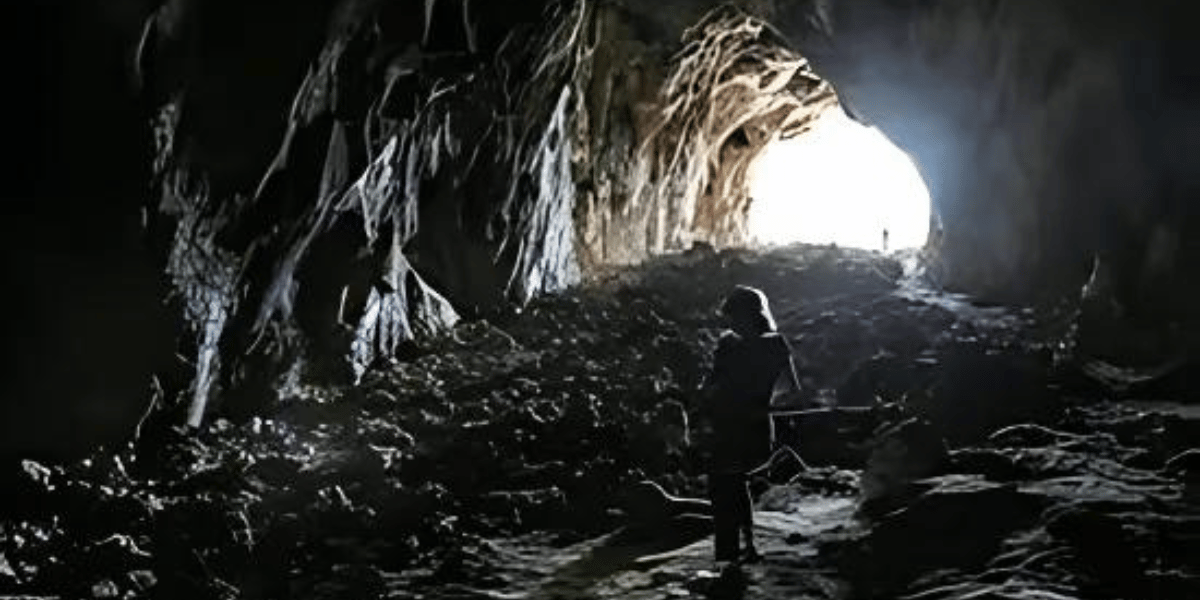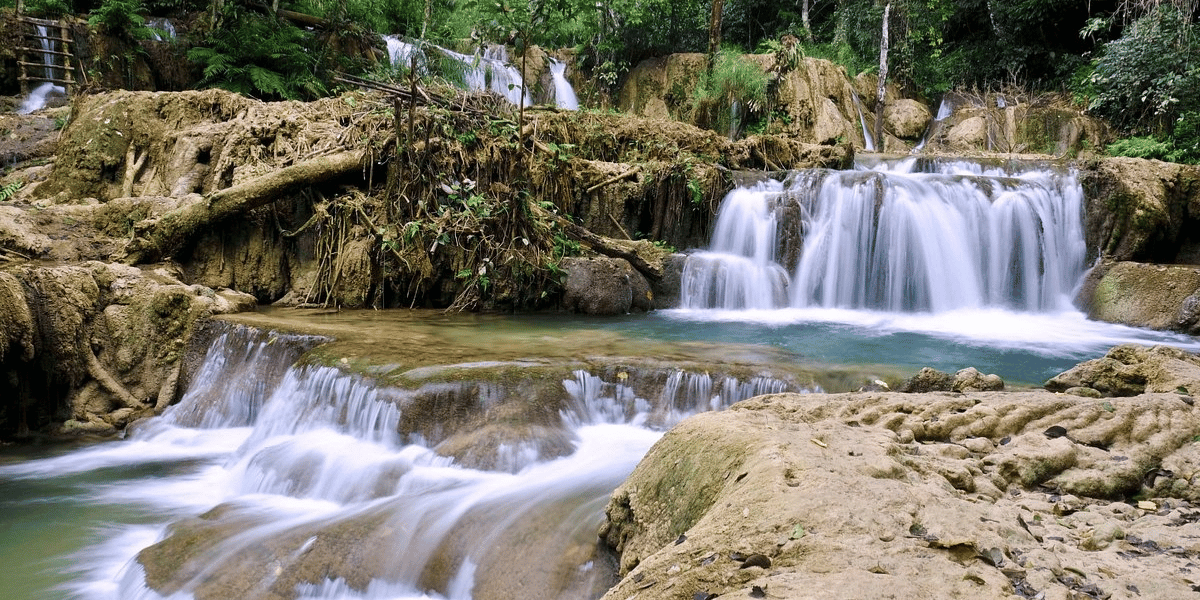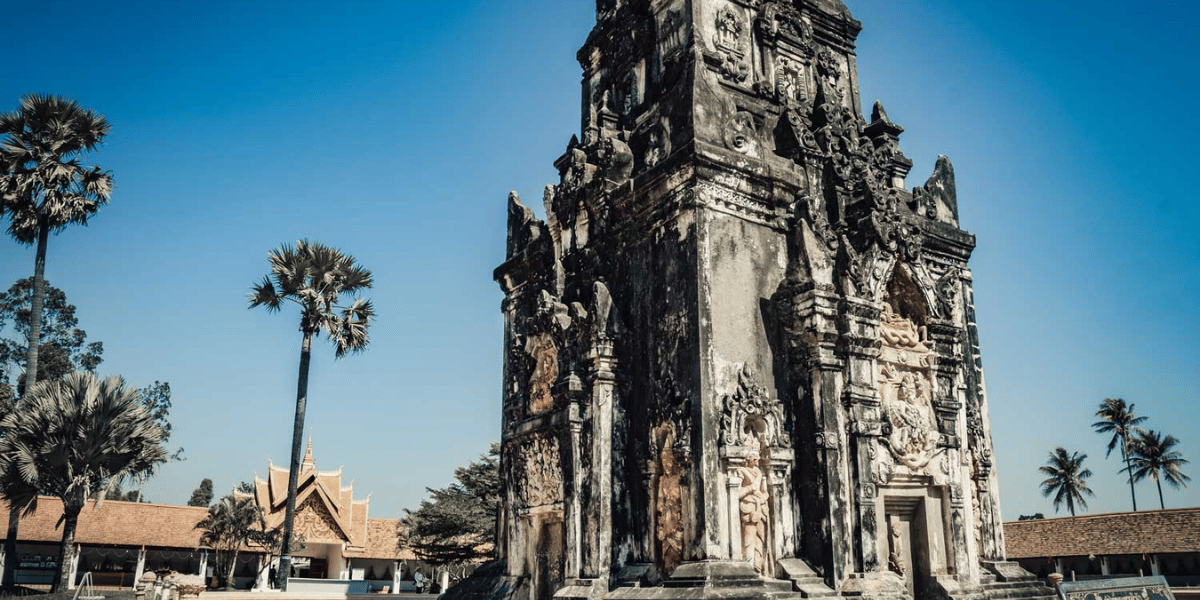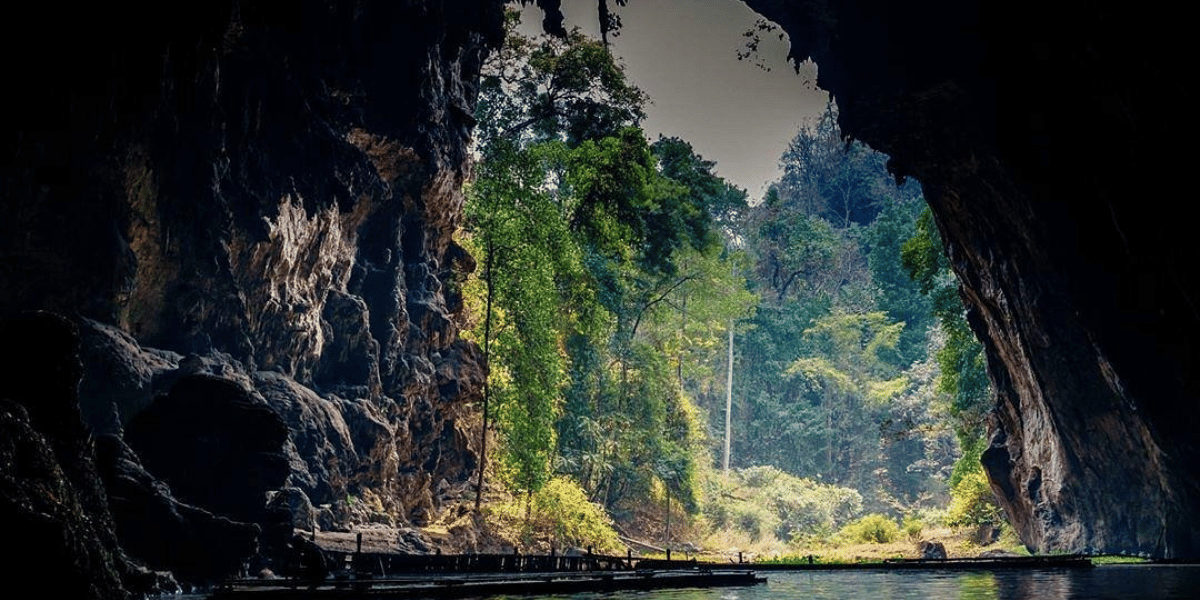Xiangkhouang: Exploring the Rich History, Culture, and Natural Beauty of Northeastern Laos
Last Updated on 6 October, 2024 by admin
Xiangkhouang, a province in northeastern Laos, is renowned for its rich history, unique culture, and breathtaking natural landscapes. Best known for the Plain of Jars, one of the world’s most mysterious archaeological sites, Xiangkhouang draws visitors intrigued by ancient history and unsolved mysteries. Beyond its historical allure, the province offers vast, lush plains and the peaceful life of its local communities, providing a tranquil retreat for travellers seeking serenity.
Visitors to Xiangkhouang can enjoy a wide range of unique experiences, from exploring ancient ruins and marvelling at the beauty of untouched nature to immersing themselves in the local culture and participating in community activities. Xiangkhouang is the ideal destination for those with a passion for history, cultural discovery, and natural exploration.
Top Attractions in Xiangkhouang
Xiangkhouang is home to a variety of remarkable destinations that offer both historical intrigue and natural beauty. Below are some of the must-visit spots that capture the essence of this unique region.
Plain of Jars (Cánh đồng Chum)
A UNESCO World Heritage Site, the Plain of Jars is one of the most mysterious archaeological wonders in Southeast Asia. Thousands of massive stone jars, some weighing up to several tonnes, are scattered across the plains, and their origins remain a subject of fascination and debate. Some theories suggest they were used for burial purposes, while others propose they served as storage vessels for food or wine.
- Activities: Explore the three main jar sites (Site 1, Site 2, and Site 3), learn about the local legends and archaeological theories, and capture stunning photographs of this enigmatic landscape.
Visiting the Plain of Jars left me captivated by the mystery surrounding these ancient relics. Walking among the jars, I couldn’t help but ponder their purpose and history, which added a sense of wonder to the experience. The expansive plains and eerie quietness made it a perfect place for reflection and exploration.
Tham Piew Cave
Tham Piew Cave is a place of both natural beauty and historical significance. During the 1960s, the cave served as a shelter for local villagers during the bombing raids of the Vietnam War. Tragically, a bomb hit the cave, resulting in the loss of many lives. Today, it stands as a memorial, representing the resilience of the Lao people.
- Activities: Explore the cave, learn about its poignant history, and take in the serene natural surroundings.

Visiting Tham Piew Cave was a moving experience. The cave’s tranquil environment belies its tragic past, and standing inside, I felt a deep connection to the history of the local people who sought refuge here. The combination of natural beauty and historical remembrance makes it a deeply emotional stop on any trip to Xiangkhouang.
Tad Kha Waterfall
Located in the lush mountainous region of Xiangkhouang, the Tad Kha Waterfall is a stunning natural escape. Surrounded by verdant greenery and flowing with clear, cool water, this waterfall offers a peaceful retreat for those looking to relax in nature.
- Activities: Swim in the refreshing water, relax by the waterfall, and capture scenic photographs of the beautiful surroundings.
Trekking to the Tad Kha Waterfall was a refreshing experience, especially after a day of exploring historical sites. The sound of the water cascading down the rocks, combined with the tranquil environment, provided a perfect spot to unwind and enjoy nature. It was a welcome break from the hustle of travel and an ideal location for some peaceful reflection.

Phiavat Temple (Chùa Phiavat)
Phiavat Temple is a historical and spiritual landmark in Xiangkhouang. The temple has stood for centuries and offers a glimpse into the region’s deep-rooted Buddhist traditions. Despite suffering damage during past conflicts, its intricate architecture and cultural significance remain intact.
- Activities: Visit the temple to learn about Lao Buddhist culture, explore the stunning architecture, and enjoy the peaceful atmosphere.
My visit to Phiavat Temple was a serene experience. The tranquillity that enveloped the temple grounds made it easy to feel the spiritual importance of the site. The detailed carvings and relics left behind offered a glimpse into the rich religious history of Xiangkhouang, and the peaceful environment allowed for quiet reflection.
That Foun Stupa
That Foun Stupa is one of Xiangkhouang’s most revered religious sites. This towering Buddhist stupa, built over a thousand years ago, is an important symbol of the region’s cultural heritage. It is said that the stupa contains relics of Buddha, and local devotees come here to pray and make offerings.
- Activities: Explore the stupa’s unique architecture, participate in religious ceremonies, and enjoy the views of the surrounding countryside.
Walking around the That Foun Stupa, I was struck by the sense of spirituality and devotion surrounding the site. The stupa itself, with its traditional Lao architecture, stands proudly against the backdrop of the rolling hills, creating a magnificent scene. It was a peaceful place to observe local religious practices and appreciate the cultural depth of Xiangkhouang.
Nam Et-Phou Louey National Protected Area
The Nam Et-Phou Louey National Protected Area is one of the most important conservation areas in Laos, known for its rich biodiversity and rare wildlife. It is home to species such as clouded leopards, black bears, and various bird species. This park is ideal for those looking to combine ecotourism with adventure.
- Activities: Trek through the forested areas, engage in wildlife spotting, and learn about conservation efforts.
Exploring the Nam Et-Phou Louey region was an exhilarating experience. Trekking through the dense forest, I was amazed by the sheer diversity of flora and fauna. The local guides provided insight into the conservation efforts being made to protect the endangered species in the area, making me appreciate the importance of preserving such natural treasures.
Xiangkhouang offers a diverse range of attractions, from ancient archaeological sites to natural wonders and spiritual landmarks. Whether you’re exploring the mysteries of the Plain of Jars, reflecting at Tham Piew Cave, or immersing yourself in the serenity of Tad Kha Waterfall, this province promises an unforgettable experience.
Travel Tips for Visiting Xiangkhouang
Visiting Xiangkhouang requires some planning to ensure a smooth and enjoyable trip. Below are some essential tips to help you make the most of your journey to this fascinating region.
Visa Requirements:
For most travellers, obtaining a visa to Laos is straightforward. Depending on your nationality, you can apply for a visa at a Lao embassy or consulate, or opt for a visa-on-arrival at major entry points, including Wattay International Airport in Vientiane. Alternatively, you can apply for an e-visa online, which allows for hassle-free entry. Ensure you have a valid passport with at least six months’ validity and the required documents, including your visa application, passport-sized photos, and visa fee.
Transportation Options:
Xiangkhouang is relatively remote, but there are multiple ways to reach it. The most convenient option is flying into Xieng Khouang Airport, with domestic flights available from Vientiane and Luang Prabang. For those who prefer to travel by land, there are long-distance buses and minivans available from Vientiane or Luang Prabang, though the journey can take several hours due to the mountainous terrain. Travelling by bus offers scenic views of rural Laos and the mountainous landscapes, making it a more immersive experience.
Best Time to Visit:
The ideal time to visit Xiangkhouang is between November and February, during the dry season when the weather is cool and pleasant, making it perfect for sightseeing and outdoor activities. The temperature ranges from 15°C to 25°C, providing comfortable conditions for exploring the Plain of Jars and trekking through the national parks. The rainy season, from May to October, brings lush green landscapes but also the possibility of travel disruptions due to heavy rainfall and muddy roads.
Local Cuisine:
Xiangkhouang offers unique Lao cuisine, influenced by its highland location. Some must-try dishes include larb, a traditional Lao meat salad made with herbs, lime, and roasted rice powder, and khao piak sen, a hearty noodle soup. The region is also known for its grilled meats, often served with sticky rice, and jeow, a type of dipping sauce made from chili and herbs. Don’t miss out on sampling sinh som, a traditional Lao fermented meat dish, which is a local delicacy in the area.
Cultural Etiquette:
When visiting Xiangkhouang, it’s important to respect local Lao customs and traditions. Always greet people with a respectful “sabaidee” (hello) and a slight bow. Dress modestly, especially when visiting religious or cultural sites like temples and stupas. It’s customary to remove your shoes before entering someone’s home or a religious building. Additionally, be mindful of Lao Buddhist traditions—avoid pointing your feet towards Buddha statues, and always ask for permission before taking photos of people, especially monks. Laos has a relaxed pace of life, so be patient and embrace the laid-back atmosphere while interacting with locals.
By preparing in advance and keeping these tips in mind, your visit to Xiangkhouang will be smoother and more rewarding. Embrace the opportunity to explore this culturally rich and historically significant region, while respecting the local traditions and enjoying the stunning landscapes and unique experiences it offers.
Conclusion
In summary, Xiangkhouang is an ideal destination for travellers who are passionate about exploring history, culture, and nature. Its iconic Plain of Jars offers a window into an ancient and mysterious past, while natural wonders like Tad Kha Waterfall and Nam Et-Phou Louey National Protected Area provide opportunities for relaxation and adventure amidst breathtaking landscapes. The region’s rich Buddhist heritage and traditional Lao culture are woven into every experience, from visits to Phiavat Temple to interactions with local communities.
Whether you are a history enthusiast intrigued by ancient mysteries, a nature lover seeking serene landscapes, or a cultural explorer eager to immerse yourself in local traditions, Xiangkhouang promises an unforgettable journey. We encourage you to visit this captivating region and experience for yourself the unique charm and beauty that make Xiangkhouang a must-visit destination in Laos.




